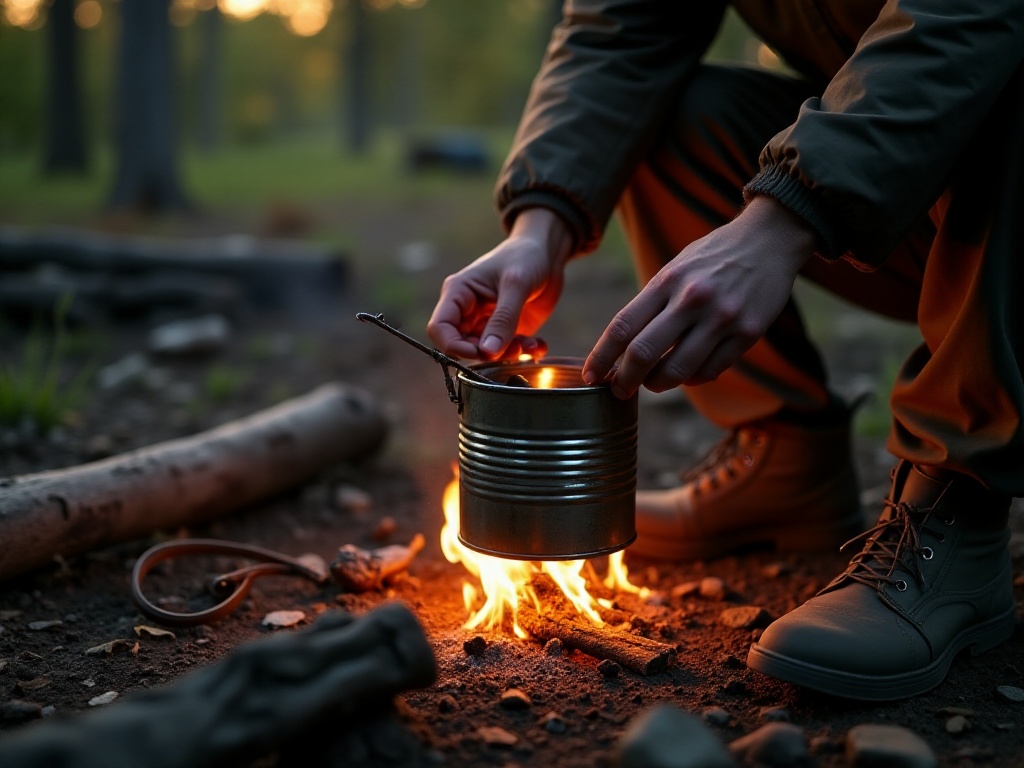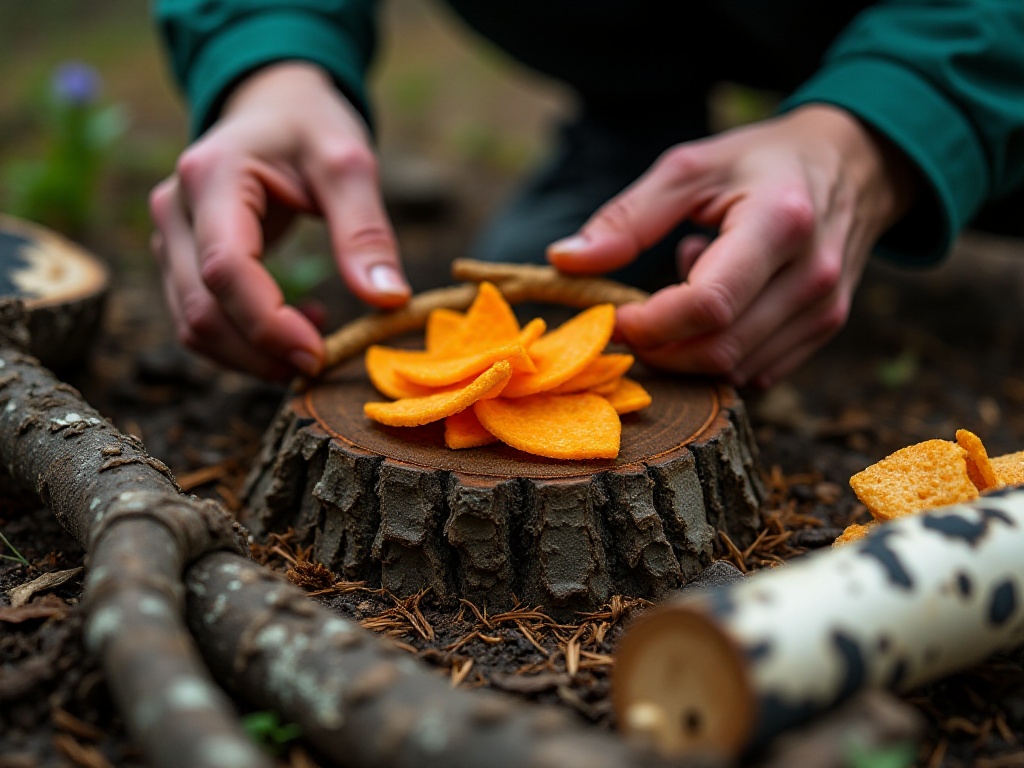Opening Words
Hey everyone! Today I want to share an incredibly valuable topic with you! As someone who has spent years roughing it in the wilderness, I deeply understand how crucial survival skills are. Over the years, I've seen too many novice outdoor enthusiasts struggle due to inadequate preparation, with some even putting themselves in dangerous situations. So today, I want to share all my accumulated wilderness survival experience with you, holding nothing back. Whether you're an outdoor sports enthusiast or a beginner dreaming of wilderness adventures, this article will give you plenty of valuable takeaways.
Shelter
Honestly, accommodation is one of the biggest headaches in the wilderness. While outdoor equipment is quite advanced now and there are many types of tents available, things don't always go according to plan. What do you do if something goes wrong with your tent? For instance, if the tent poles break, the fabric gets torn, or worse - you completely forget to bring the tent (don't laugh, people have actually done this). In these situations, knowing how to build a temporary shelter could save your life.
I remember once when camping on Wugong Mountain, a sudden storm hit at night and the fierce wind shredded my tent. If I hadn't known how to build a temporary shelter, I probably would have been soaked all night. Building a shelter is actually quite simple. First, find two trees about your height apart. Then tie a rope between the trees - this will be the "spine" of your shelter. Next, find some branches and lean them diagonally against the main rope to form an A-frame structure. The final step is covering it - you can use leaves, ferns, or any waterproof materials you have like tarps or rain gear.
Remember to position the entrance away from the prevailing wind direction for better protection. It's best to put down some dry grass or branches on the ground so it's not too hard to sleep on. If possible, dig a small drainage ditch in front of the shelter so you won't have to worry about water getting in when it rains.
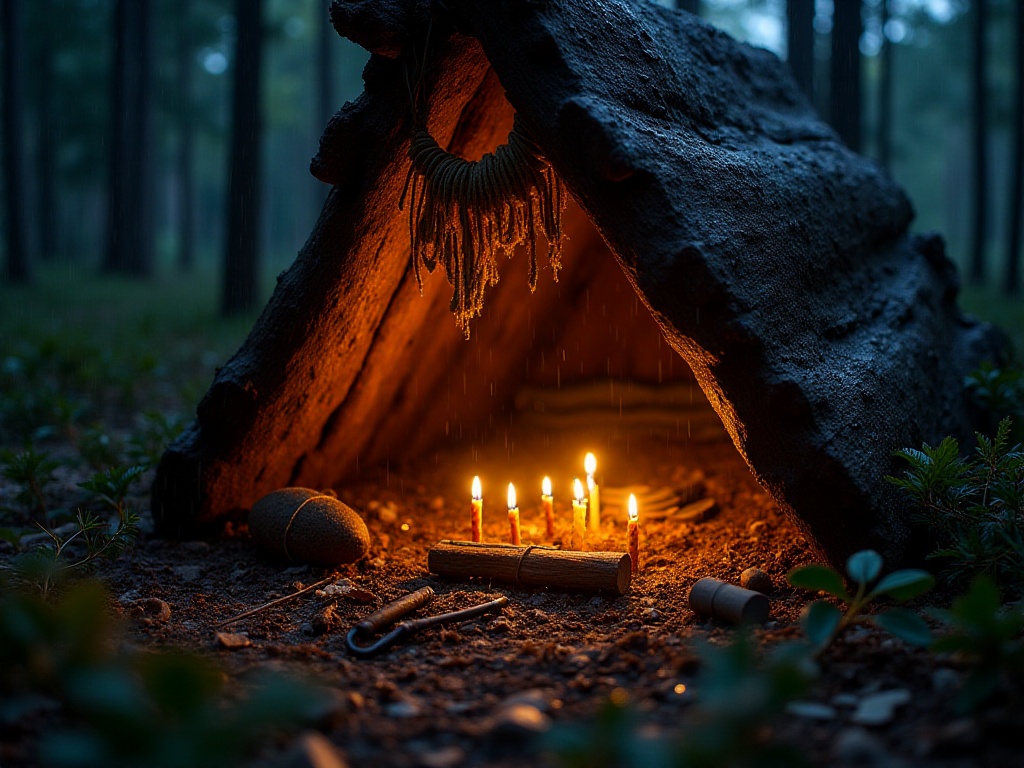
Fire-Making Techniques
When it comes to wilderness survival, how can we not talk about fire-making? It's one of the most basic and important survival skills. Not only can it keep you warm on cold nights, but it can also be used to boil water, cook food, and even send distress signals in emergencies. More importantly, a warm campfire can give you a sense of security and hope.
Many people think making fire is difficult, but it's actually quite simple once you master the basics. Let's first talk about tinder - this is really interesting. You'd never guess that Doritos make excellent tinder! Why? Because they contain lots of oil and seasonings that make them highly flammable. Those trick birthday candles that won't blow out are also amazing fire starters in the wilderness - they're waterproof and burn for a long time.
Besides these "unusual" tinders, common ones include cotton, toilet paper, and dry bark. If you don't have any of these, you can even use gum wrappers - just crumple them up into a fluffy ball. When making fire, remember to start small and gradually build up, starting with small combustible materials, then adding small twigs, and finally larger branches.
A particularly useful technique is making char cloth. Find some dry bark or dead grass, crumble it into a fibrous state, and it becomes very easy to ignite. What if you can't find dry tinder when it's raining? Look for dead trees, scrape off the wet outer bark, and the inner wood is often dry and can be scraped off to use as tinder.
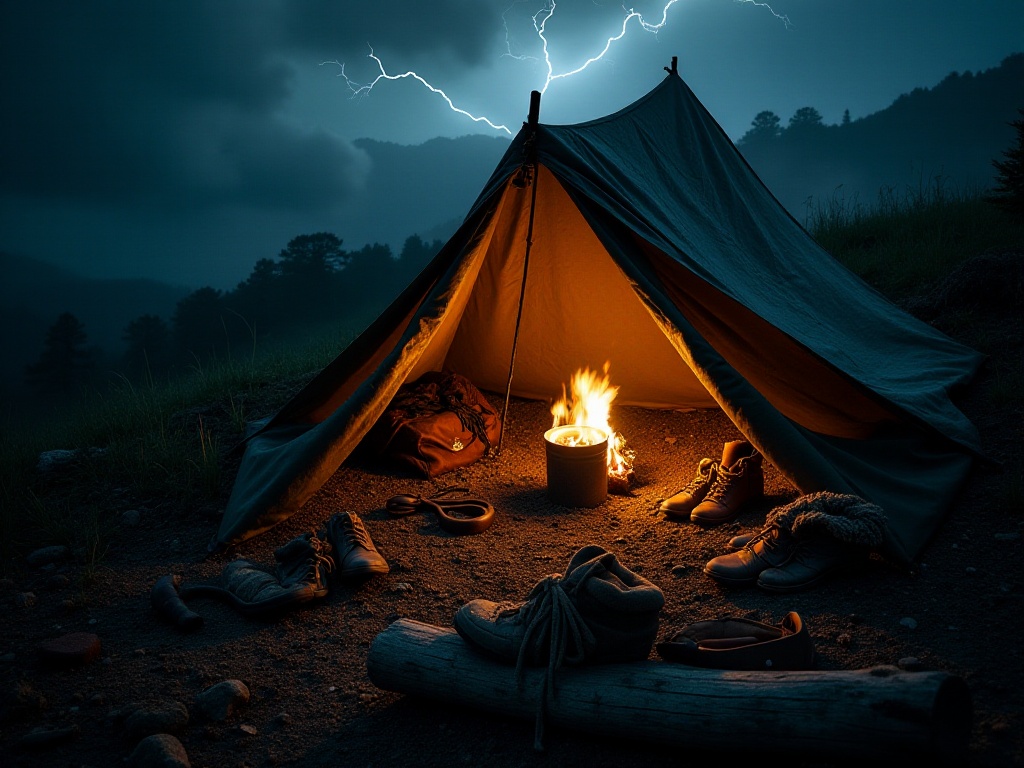
Finding Water
In the wilderness, water is life. You might survive a week without food, but three days without water and you're in serious trouble. So finding water sources is one of the most crucial aspects of wilderness survival. There's a super simple principle for finding water: water flows downhill. Following valleys downward will usually lead you to streams or pools.
During my first wilderness survival training, I found water using exactly this principle. However, finding water isn't enough, as wilderness water isn't clean and drinking it directly might cause stomach problems. The most reliable purification method is boiling, but what if you don't have any containers? Don't panic - nature provides solutions. You can make simple cups by rolling tree bark into a cone shape. Birch bark works particularly well as it's durable and somewhat water-resistant.
Here's another useful water-finding tip: observe animals. For example, bees typically don't venture far from water sources, and birds visit water sources to drink in the morning and evening. If you notice lots of animal activity, there's likely water nearby.
In deserts or very dry areas, observe plants. Cacti and aloe plants store water. If you can't find surface water, dig a hole in a low spot, cover it with plastic, and place a small stone in the center to create a depression. During the day, groundwater will evaporate and condense on the plastic, dripping into a container - this is called a "solar still."
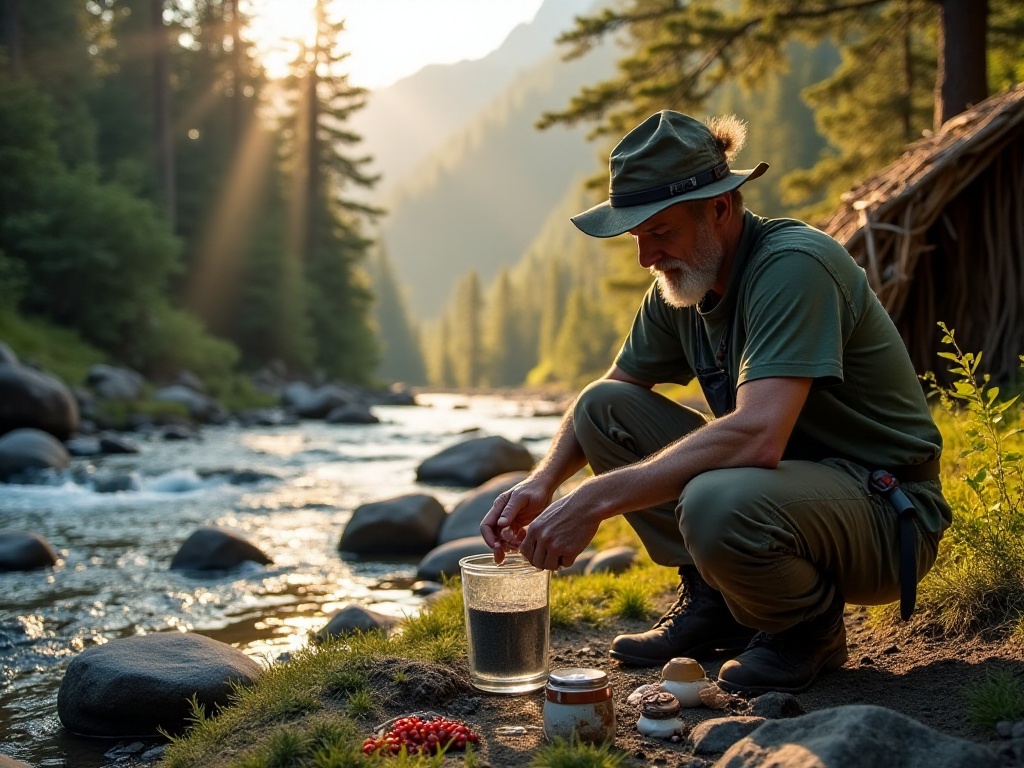
Equipment Usage
Speaking of equipment, this is where it gets interesting. Duct tape is definitely the MVP (Most Valuable Player) of wilderness survival equipment. It can repair damaged gear, serve as bandages, and even help stabilize fractures. I suggest wrapping a roll around your water bottle - it doesn't take up extra space and is very convenient when needed.
Waterproofing your backpack is also a skill. Although many backpacks claim to be waterproof, I recommend adding a waterproof liner inside. You can use garbage bags or buy specialized dry bags. This way, even if you encounter heavy rain or accidentally fall into water, your equipment won't get wet. This is especially important for water-sensitive electronics like cameras and phones.
Here's a packing tip for your backpack. Arrange items according to frequency of use - frequently used items on the outside, less frequently used items inside. Sleeping bags are best placed at the bottom for better balance. Side pockets are perfect for snacks and water bottles, so you won't need to stop and dig through your pack while walking.
Safety Awareness
After sharing all these tips, I want to especially emphasize safety awareness. This is truly crucial - it's the number one element of wilderness survival. Before each trip, always inform friends or family about your itinerary, where you're going, and when you expect to return. This way, if something goes wrong, they'll know where to look for you.
Essential survival equipment can't be missing any items: compass (phone GPS can run out of battery), flashlight (it's really scary at night without a light source), first aid kit (including common medications and bandages), whistle (for sending distress signals in emergencies). These items might seem simple, but they can really save your life when needed.
Most importantly, stay calm. I've seen too many people panic in emergencies, making things worse. Remember the "S.T.O.P" principle: Stop, Think, Observe, Plan. For example, if you get lost, your first instinct might be to keep walking, but this could take you further off course. The correct approach is to stop first, calmly analyze your situation, observe your surroundings, then decide what to do next.
Conclusion
After reading all this, doesn't wilderness survival seem less intimidating? Actually, mastering these skills not only helps in the wilderness but also makes you more composed when facing various emergencies. These experiences are what I've gathered over years of wilderness adventures, and I hope they'll be helpful to you.
Remember, these skills need practice to truly master. You can start practicing in suburban areas near your home before challenging more difficult locations. If you have any wilderness survival experiences or questions, feel free to share and discuss in the comments.
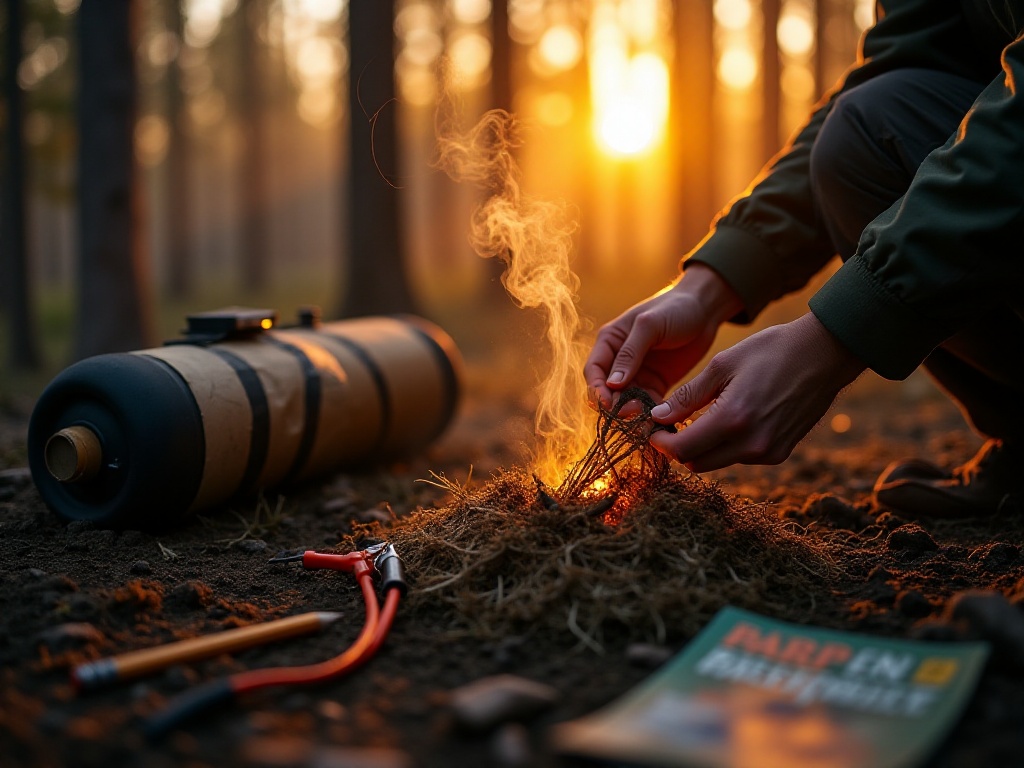
Useful Tools
Finally, let's talk about useful tools for wilderness survival. Many everyday items can be incredibly useful in the wilderness. For example, a belt can serve as rope and secure items. Once when my backpack strap broke, I temporarily fixed it with a belt. Shoelaces are also valuable - they can be used to build shelters, tie equipment, and even be woven into fishing nets.
While lighters are common, they're absolute lifesavers in the wilderness. It's recommended to carry several, stored in different places. If one fails, you'll have backups. Plastic bags might seem insignificant, but they're incredibly useful. They can carry water, collect rainwater, and even serve as waterproof layers.
Don't forget small items like nail clippers - they're not just for nails but can cut rope and repair equipment. While whistles are small, they're more effective than shouting for help as the sound carries further.
Aluminum foil is also great - it can be used for cooking food and signaling for help by reflecting light. Band-aids are essential for treating small wounds. A portable knife is absolutely necessary for wilderness survival, useful for cutting, whittling wood, preparing food, and more.
These tools might seem simple, but using them effectively requires practice. It's recommended to practice using these tools regularly so you won't panic when they're really needed. Remember, even the best tools require skilled technique to reach their full potential.
In conclusion, wilderness survival requires not just these skills and tools, but more importantly, a calm mind and thorough preparation. With proper preparation, wilderness survival can become an unforgettable adventure. I hope every outdoor enthusiast can have fun and return safely!






